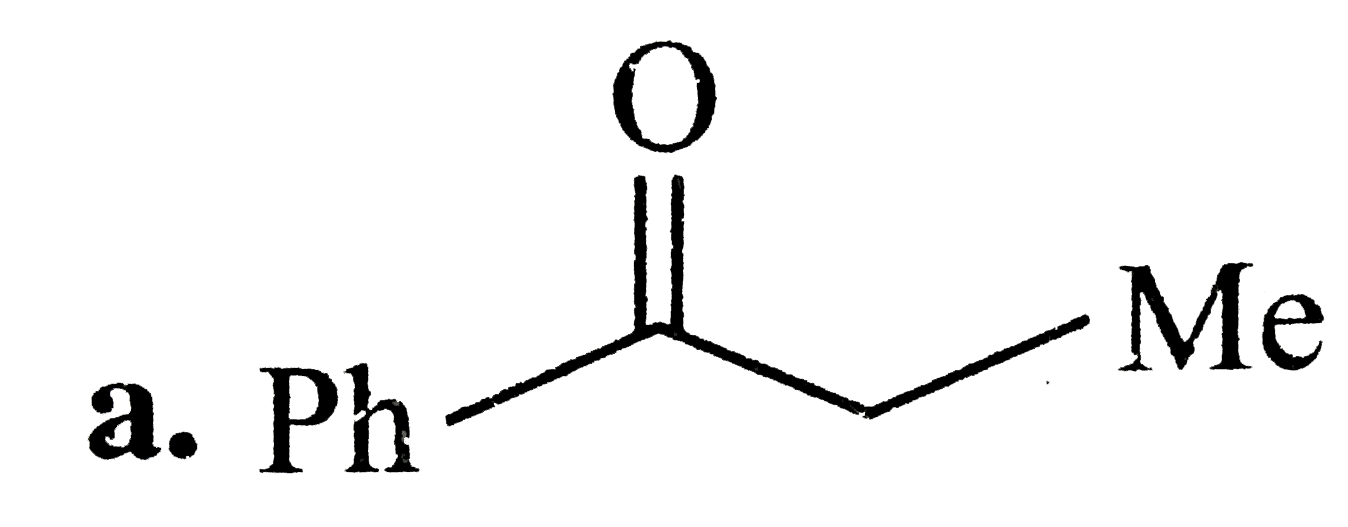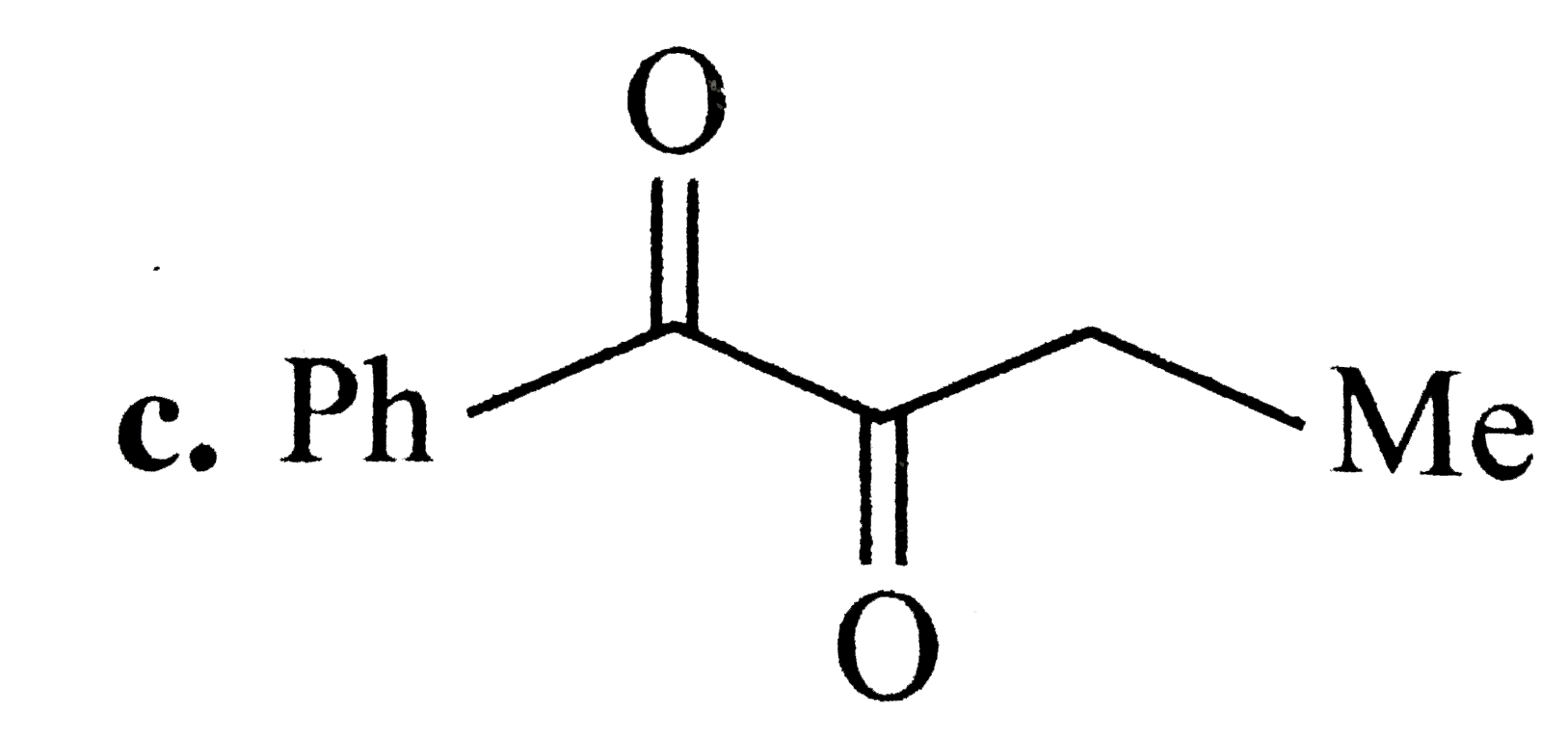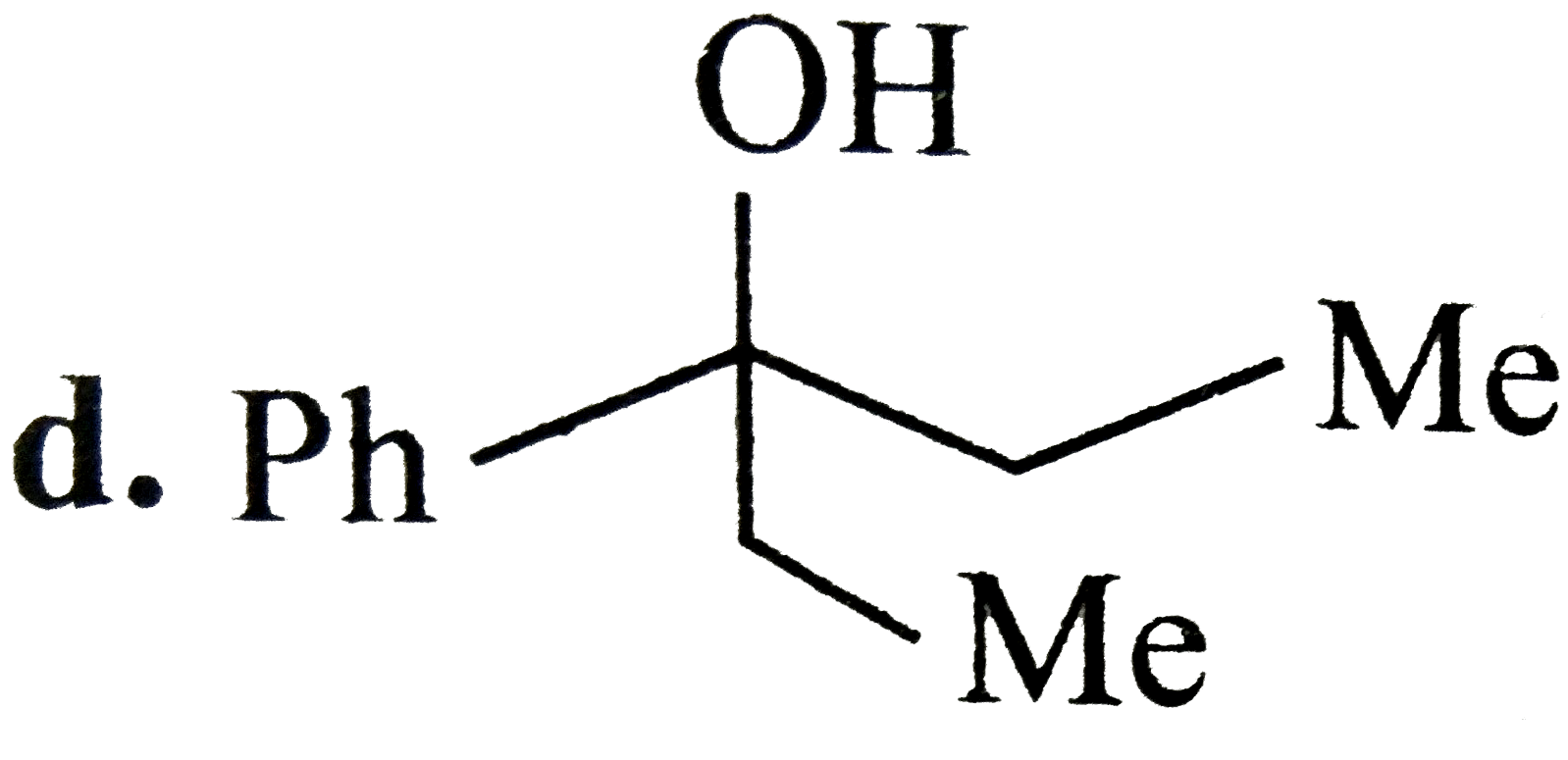2-Methyl propyl bromide reacts with C2H5O− and gives 'A' whereas on reaction with C2H5OH it gives .The mechanism followed in these reactions and the products 'A' and 'B' respectively are :
Sn1, A = tert -butyl ethyl ether, Sn2, B = iso-butyl ethyl ether
Sn2, A = 2-butyl ethyl ether, Sn2, B = iso-butyl ethyl ether
Sn1, A = tert -butyl ethyl ether, Sn1, B = 2-butyl ethyl ether
Sn2, A = iso-butyl ethyl ether, Sn1, B = tert-butyl ethyl ether
To solve the problem, we need to analyze the reactions of 2-methylpropyl bromide with both C2H5O− (ethoxide ion) and C2H5OH (ethanol).
Step 1: Identify the structure of 2-methylpropyl bromide
2-methylpropyl bromide is a branched alkyl halide. Its structure can be represented as follows:
CH3|CH3−C−CH2−Br|CH3
Step 2: Reaction with C2H5O−
When 2-methylpropyl bromide reacts with the ethoxide ion (C2H5O−), it acts as a strong nucleophile. The reaction mechanism is likely to proceed via an SN2 pathway due to the strong nucleophilicity of the ethoxide ion.
1. The ethoxide ion attacks the carbon atom bonded to the bromine, leading to the displacement of the bromine atom.
2. The product formed is isobutyl ethyl ether.
The reaction can be summarized as:
\( \text{2-methylpropyl bromide} + C2H5O^- \rightarrow \text{isobutyl ethyl ether (A)} \)
Step 3: Reaction with C2H5OH
When 2-methylpropyl bromide reacts with ethanol (C2H5OH), the mechanism is different. Ethanol is a weak nucleophile, and the reaction is likely to proceed via an SN1 mechanism.
1. The bromine atom leaves, forming a carbocation intermediate.
2. The carbocation can undergo a hydride shift to stabilize itself, leading to a more stable tertiary carbocation.
3. The ethanol then acts as a nucleophile and attacks the carbocation, resulting in the formation of tertiary butyl ethyl ether.
The reaction can be summarized as:
\( \text{2-methylpropyl bromide} + C2H5OH \rightarrow \text{tertiary butyl ethyl ether (B)} \)
Final Products
- Product A: Isobutyl ethyl ether
- Product B: Tertiary butyl ethyl ether
Summary of Mechanisms
- The reaction with C2H5O− follows an SN2 mechanism, resulting in the formation of isobutyl ethyl ether (A).
- The reaction with C2H5OH follows an SN1 mechanism, resulting in the formation of tertiary butyl ethyl ether (B).
2-methylpropyl bromide is a branched alkyl halide. Its structure can be represented as follows:
When 2-methylpropyl bromide reacts with the ethoxide ion (C2H5O−), it acts as a strong nucleophile. The reaction mechanism is likely to proceed via an SN2 pathway due to the strong nucleophilicity of the ethoxide ion.
2. The product formed is isobutyl ethyl ether.
\( \text{2-methylpropyl bromide} + C2H5O^- \rightarrow \text{isobutyl ethyl ether (A)} \)
When 2-methylpropyl bromide reacts with ethanol (C2H5OH), the mechanism is different. Ethanol is a weak nucleophile, and the reaction is likely to proceed via an SN1 mechanism.
2. The carbocation can undergo a hydride shift to stabilize itself, leading to a more stable tertiary carbocation.
3. The ethanol then acts as a nucleophile and attacks the carbocation, resulting in the formation of tertiary butyl ethyl ether.
\( \text{2-methylpropyl bromide} + C2H5OH \rightarrow \text{tertiary butyl ethyl ether (B)} \)
- Product A: Isobutyl ethyl ether
- Product B: Tertiary butyl ethyl ether
- The reaction with C2H5O− follows an SN2 mechanism, resulting in the formation of isobutyl ethyl ether (A).
- The reaction with C2H5OH follows an SN1 mechanism, resulting in the formation of tertiary butyl ethyl ether (B).
Topper's Solved these Questions
Similar Questions
Knowledge Check
- Question 1 - Select One
Benzonitrile on reaction with C2H5MgBr, followed by hydrolysis, gives.
A B
B C
C D
D
- Question 2 - Select One
CH3COOH, when reacts with C2H5OH, gives a product. The same product is obtained with which reaction ?
AAcetic acid + methanolBAcetic anhydride + waterCAcetic angydride + ethanolDAcetamide + methanol - Question 3 - Select One
A' reacts with C2H5I giving 'B' and Nal. Here 'A' and 'B' respectively are
ACH3COONa,CH3OCH3BC2H5OC2H5C2H5COOC2H5CC2H5ONaC2H5OC2H5DC2H5OHC2H5OC2H5
The following reaction,
 +C6H5CO3H. Gives :View Solution
+C6H5CO3H. Gives :View SolutionCH3COOH when reacts with C2H5OH gives a product . The same product is obtained by which reaction ?
View SolutionCH3COOH when reacts with C2H2OH gives a product. The same product is obtained by which reaction ?
View SolutionWhen ethanal reacts with CH3MgBr and C2H5OH/dry HCl the product formed respectively are
View SolutionC6H5COOCH3+.18OH−→A+B
In the above reaction, products A and B respectively are:View Solution

